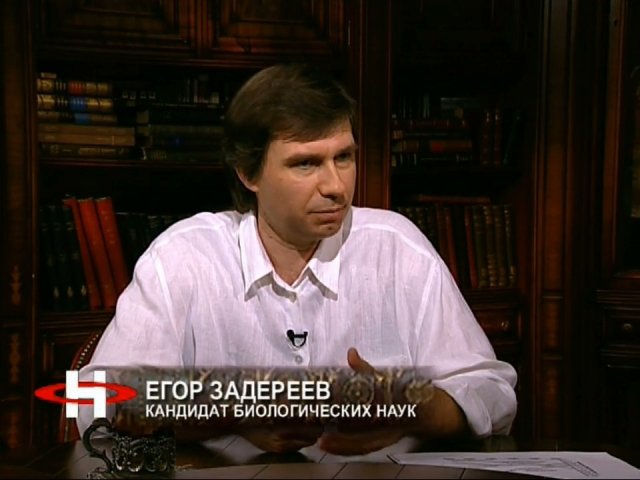Official:
Nikolay Vasilyevich Sklifosovsky. March 25 (April 6), 1836 –November 30 (December 13), 1904. Russian scientist and physician.
Life and Work:
1. If Hundred to One players were asked to name the most popular Russian doctor, then Sklifosovsky would surely take one of the lines. Won’t the phrase “To the point, Sklifosovsky” from Gaidai’s Kidnapping, Caucasian Style or Vysotsky’s “I ran into a dump truck, they took me to Sklifosovsky” come to mind? But despite the popularity of his name, it is unlikely that many people can say what this doctor is known for.
2. Nikolai Vasilyevich Sklifosovsky was born in 1836 on a farm near the town of Dubossary, Tiraspol District, Kherson Province, being the ninth son in the family of an insignificant nobleman.
3. According to family legend, Nikolay Vasilyevich’s grandfather was a Greek – the Greeks settled in the southern Dniester region since the ancient Olbia. His grandfather’s name was Sclifos or Asclifos. And Asclifos sounds almost like Asclepius, so even Nikolay Sklifosovsky’s surname suggested that he should become a doctor.
4. The farm where Sklifosovsky was born also bore a symbolic name: Karantin. They claim that the name of the farm came from the quarantine station, where food products arriving from abroad were checked. There is another version: on the territory of the Karantin farm, there used to be a hospital, where soldiers from A. V. Suvorov’s army with infectious diseases were treated during the Russo-Turkish war.
5. The early death of his mother and father is arguably the third reason for Sklifosovsky’s choice of occupation. Nevertheless, the orphan graduated from high school with a silver medal.
6. Sklifosovsky studied medicine at Moscow University. The medical specialty was chosen without hesitation – only surgery.
7. After graduating from the university, Sklifosovsky returned home and became a resident of the surgical department, and then its head.
8. In 1863, Sklifosovsky obtained the Doctor of Medicine degree. His thesis, which he defended at Kharkiv University, was titled On the Blood Parametric Tumor.
9. In 1866, Nikolay Vasilyevich went abroad to improve his knowledge and skills. During the two years of his scientific assignment, he managed to accomplish a lot: to work in Germany with the famous Virchow and the slightly less famous Langenbeck, to work in the Prussian army – at the dressing station and in the infirmary, as well as to undergo training in clinics in England and France.
10. The journey abroad resulted in a series of scientific papers. They were noticed and appreciated: the author was invited to the Department of Surgery of the Kyiv University, and a year later – to the Imperial Medical and Surgical Academy in St. Petersburg.
11. By that time, he mastered not only the scalpel, but also the pen, which produced several significant works on surgery. His scientific heritage consists of 70 works in total.
12. Abroad, Nikolay Vasilyevich learned about the practice of the English surgeon Joseph Lister, who was the first to propose the sterilization of the instruments and surgical site – before him, no matter how unbelievable it may seem, such a natural thing was even considered harmful. Sklifosovsky was the first to practice sterilization in Russia.
13. Doctor Sklifosovsky took part in numerous wars – the Austro-Prussian, Franco-Prussian, Balkan, and Russo-Turkish. During the latter he worked with the famous Pirogov.
14. During the heavy fighting near Plevna and at the Shipka foot, he sometimes incessantly worked for several days to provide assistance to all who needed it. More than ten thousand wounded passed through his hands!
15. From the Shipka area, Doctor Sklifosovsky came to Moscow to become a professor at Moscow University and head of a surgical clinic. The clinic soon became one of the best medical institutions in Europe. Through his efforts, new clinics were established at Devichye Pole in Moscow.
16. Sklifosovsky was one of the first not only in Russia, but also in Europe, to introduce hot treatment of instruments and medical linen and to achieve almost complete absence of postoperative complications and infections.
17. Many serious diseases, which most doctors considered incurable, were defeated only due to Sklifosovsky’s efforts.
18. We also owe to Nikolay Vasilyevich the creation of the Russian Society of Doctors and, very importantly, the system of retraining already practicing doctors – what we now call the institute of advanced medical training.
19. With the same goal of improving medical education, Nikolay Vasilyevich founded and edited the Letopisi Russkoy khirurgii [Chronicles of Russian Surgery] journal.
20. Sklifosovsky was not confined to a narrow circle of professional interests: he loved music, painting, and literature. Composer Tchaikovsky, artist Vereshchagin, and lawyer Koni visited his house; Sklifosovsky was a friend of Doctor Botkin and Professor of chemistry and the composer Borodin.
21. When doctors from all over Russia raised funds to erect a monument to Pirogov in Moscow, the Moscow authorities did not allow the construction. Sklifosovsky went to St. Petersburg, obtained an audience with Emperor Nicholas II, and got the required permission. Thus, with his help, Russia’s first monument to a scientist was erected – it still stands on Bolshaya Pirogovskaya Street, on the Devichye Pole square.
22. Sklifosovsky’s diverse scientific and social activities were interrupted by a serious disease. After a stroke, he left the capital and settled in the Yakovtsy estate near Poltava. He was buried there – not far from the Poltava battle location.
23. His wife, Sofya Alexandrovna, survived Sklifosovsky by a decade and a half. During the Civil War, she, a paralyzed old woman, and their eldest daughter were killed in the same estate by the Red Army.
24. There is no need to describe how the the wonderful surgeon’s memory is commemorated. Who does not know Sklifosovsky Research Institute of Emergency Medicine in Moscow, the famous “Sklif”?






















